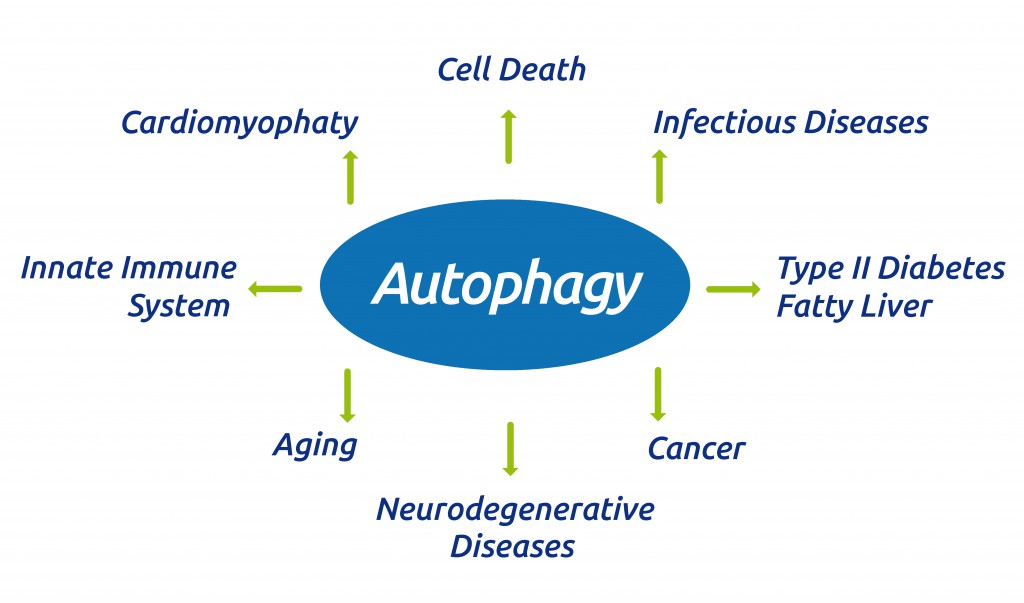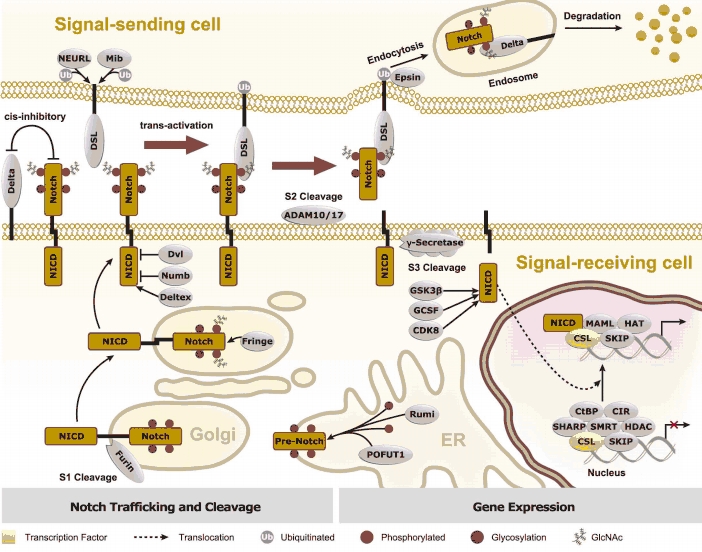
Autophagy was first described in the 60s, and it presents clear differences vs apoptosis. While apoptosis is a mechanism that kills the cells (apoptosis = self-killing), autophagy is more related to the orderly degradation and recycling of cellular components (autophagy = self-eating). Both processes, however, are probably regulated by the same mechanisms, and much more research is still needed to understand the ultimate basis of both types of events.
But let’s get back to autophagy – it has been seen as an adaptive response to stress which promotes survival, whereas in other cases, it promotes cell death and morbidity. For extreme caloric restrictions, autophagy, through breakdown of cell components, helps to promote cellular survival by keeping cellular energy requirements to a minimum.
Autophagy has also been involved as a key process in osteoarthritis and cancer models.
Researchers have been exploring the role of autophagy in different syndromes and physiological conditions. Take a look at the list of selected publications (more than 75!) using the unique SQSTM1 mouse monoclonal antibody.

Interested in learning more about tools like this?
Subscribe to thematic newsletters on your favourite research topics.



